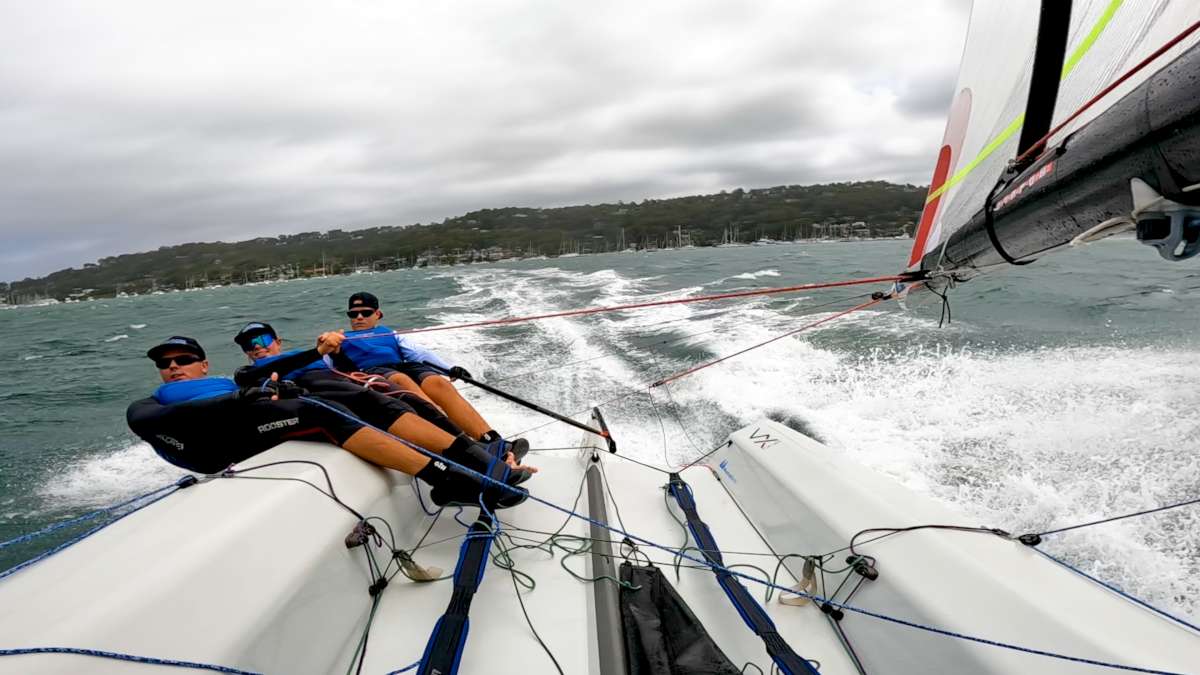I was prompted to write about this subject as I could not easily find if such a technique existed. I also believed that if it could be done cheaply and effectively then it could be a significant saving on yacht maintenance plus improving the fabulous view of the passing scenery.
This is an update on that technique.
How has the old technique held up?
Initially I used very coarse wet sandpaper to remove the bulk of the crazed acrylic by hand rubbing using copious water then progressively finer wet and dry to bring the surface back to an acceptable optical clarity. The final polishing used Micro Mesh pads on a small random orbital sander and Micro Mesh polish as the final step.
While this process was adequate it was time consuming and quite physical. I have found that some craze can return but I suspect that some of this was the result of not totally removing all imperfections.
Still, after three more years, my windows are clear and generally in good condition and there is still no need to replace them.
I do not put any plastic mesh sun screens in contact with the windows. This remains a no-no as that plastic will promote crazing. I believe Sunbrella or some similar fabric covering is the best way to prevent heat transfer, plus limit the effect of UV.
I would recommend the regular use of a protectant such as Aero 303 or similar product if a full sun covering is not possible. UV is reported to be the major source of damage to acrylic as well as dirt and chemicals.
The key to a fast job is to remove sufficient surface material quickly and evenly to get below the crazed layer. The subsequent finishing and polishing is reasonably quick and predictable. I have found by accurate edge measurement of an acrylic hatch insert that I may need to remove up to 0.5 millimetre of acrylic to get below surface crazing.
If the crazing is particularly bad then it may go as deep as 1mm and in this case it may warrant replacement depending on the thickness of the acrylic.
Strangely, in Australia you cannot get 8mm acrylic. Four, six and ten millimetre in a range of tints is readily available, but not 8mm.
What is my improved technique?
I now use a 150mm random orbital sander and standard dry grit paper available from Bunnings or hardware stores. Using a large random orbital sander and very coarse grit is quicker and less physical than my earlier technique.
I start with 40 grit and stay with it till the craze starts to disappear. This can be seen by viewing the hatch or window from the opposite side at an oblique angle to the sun.
I move the sander in regular even sweeps in alternate directions to avoid creating thickness waves. These can act like a lens and produce wavy horizons.
Do not progress to finer grit till the craze starts to disappear. The polishing process can then be started and consists of using progressively finer paper in regular and alternate sweeps across the hatch or window. I use 60, 80, 120, 180 then 350 grit all dry. This process will continue to remove material but at a slower rate. The final craze marks should be gone.
Each step removes the marks from the previous sanding. If any craze remains then it is a waste to keep polishing and you should go back to the coarse grit.
Note that it is possible to get light crazing on the underside of a window. Careful inspection with the right sunlight angle will show you which side is crazed.
If you can find finer dry paper then use it or change to wet and dry sanding using 400 then 800. I use a Dura Block and plenty of water. I also have some soft foam pads (500, 1000 and 3000 grit) which I use on my orbital sander with a water spray. These are obtainable from TheSandPaperMan.com.au.
The final finish involves Micro Mesh liquid polish with a soft cloth. After the hatch is reinstalled I will use a protectant such as Aero 303.
To repair hatches I remove the acrylic and polish at home. This avoids scratching the hatch surrounds. Use the appropriate product to refit the hatch into its mounting frame when done.
The end result will never be as good as new acrylic but you would need to look closely to detect the difference.
The before and after photos show a small acrylic hatch with haze and minor crazing. I started with 80 grit for 15 minutes followed by about 10 minutes each with 120, 320 (dry sanding) then the soft pads with lots of water (500, 1000, 3000) then hand finish Micro polish and a soft cloth. Total time on the task was just over the hour.
Enjoy the increased light and view.
DavidBowden


























